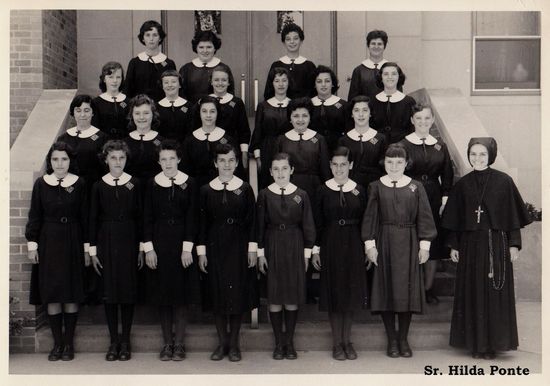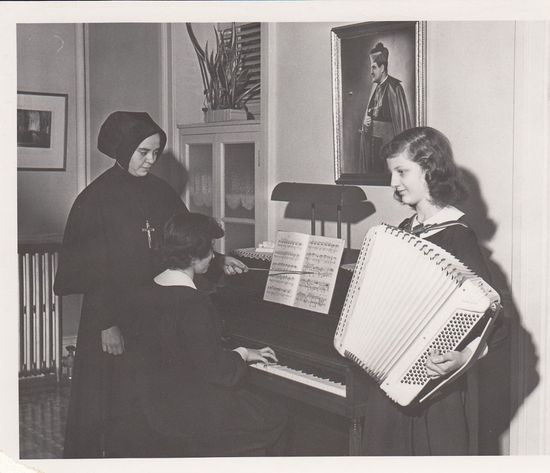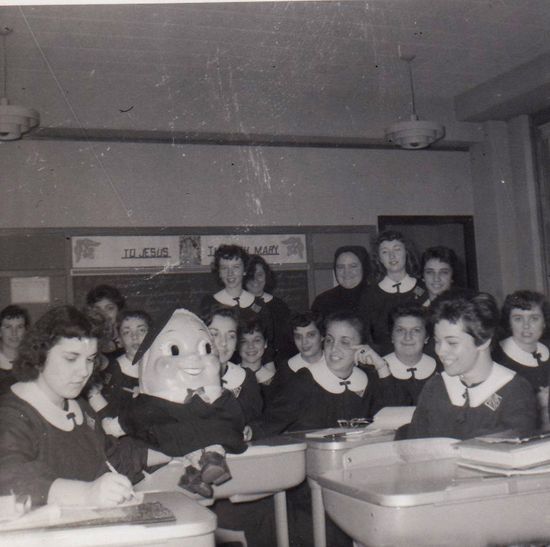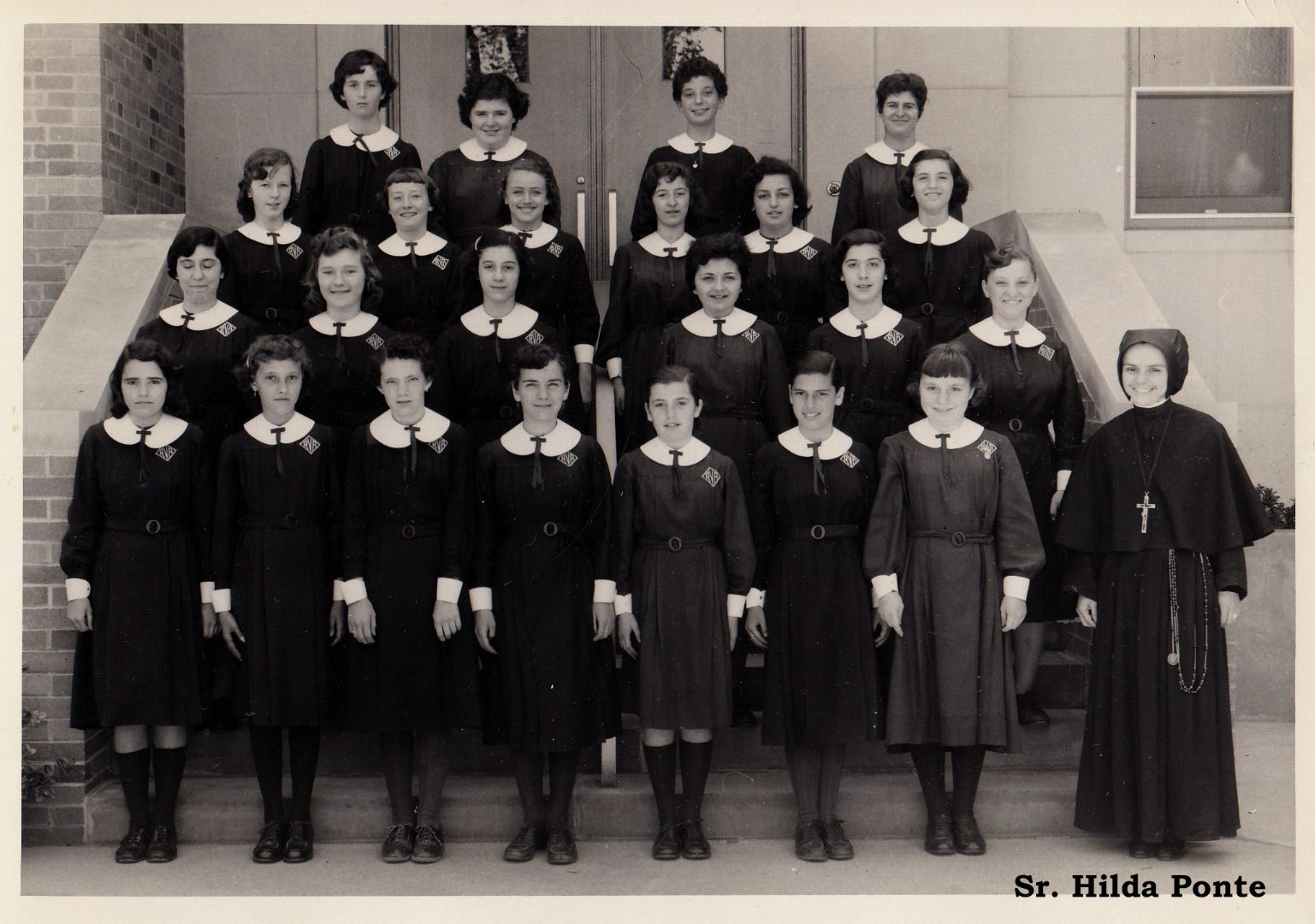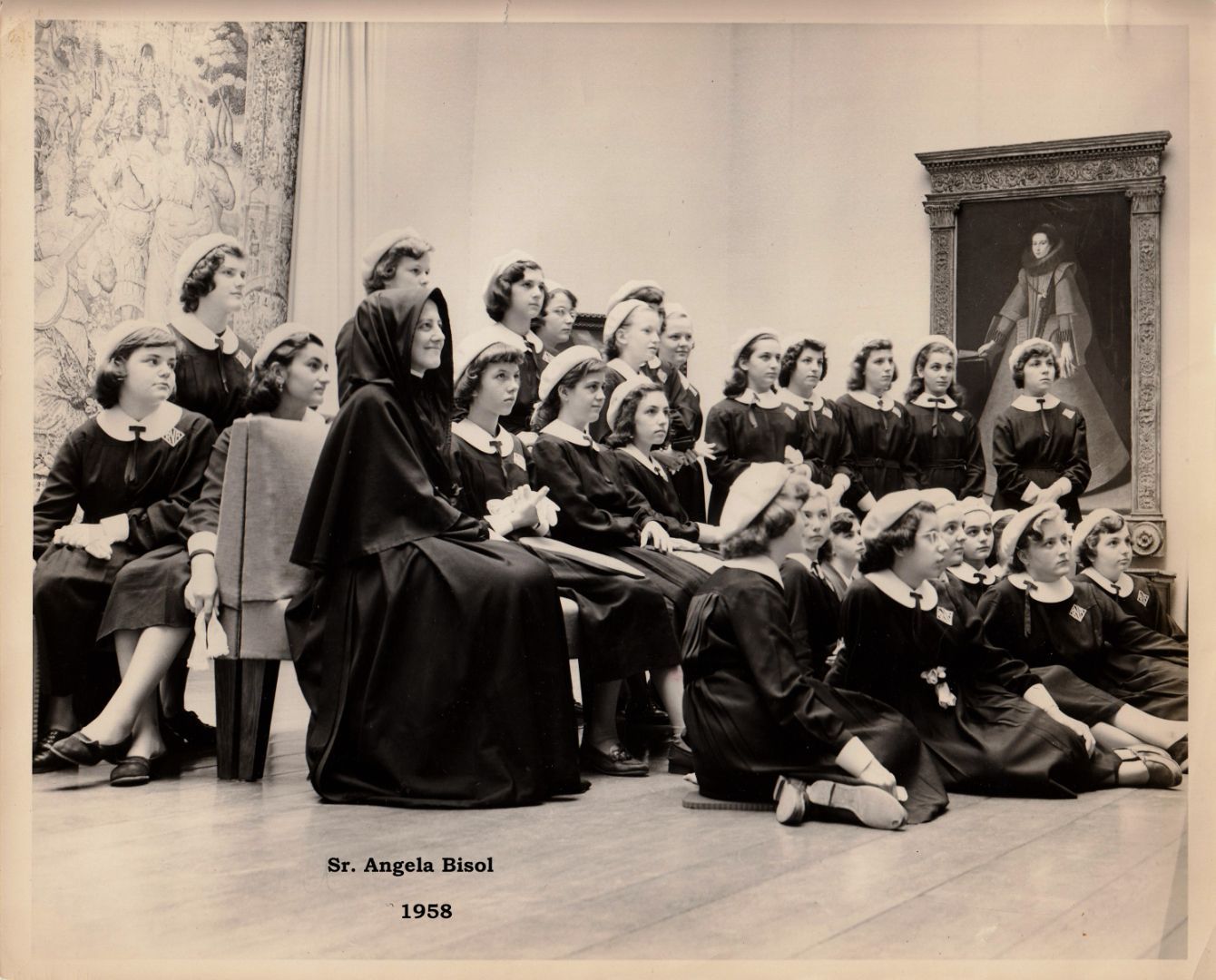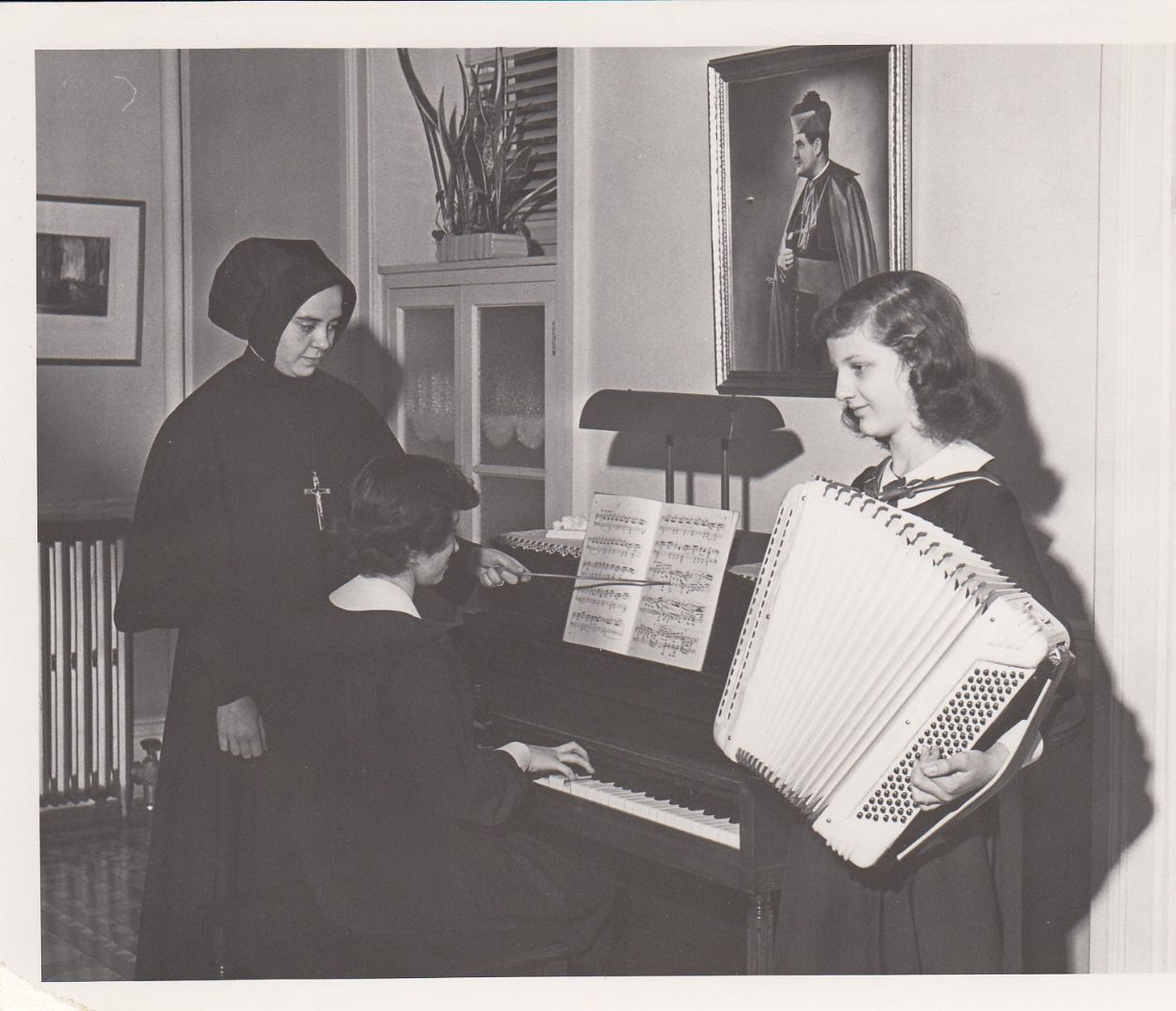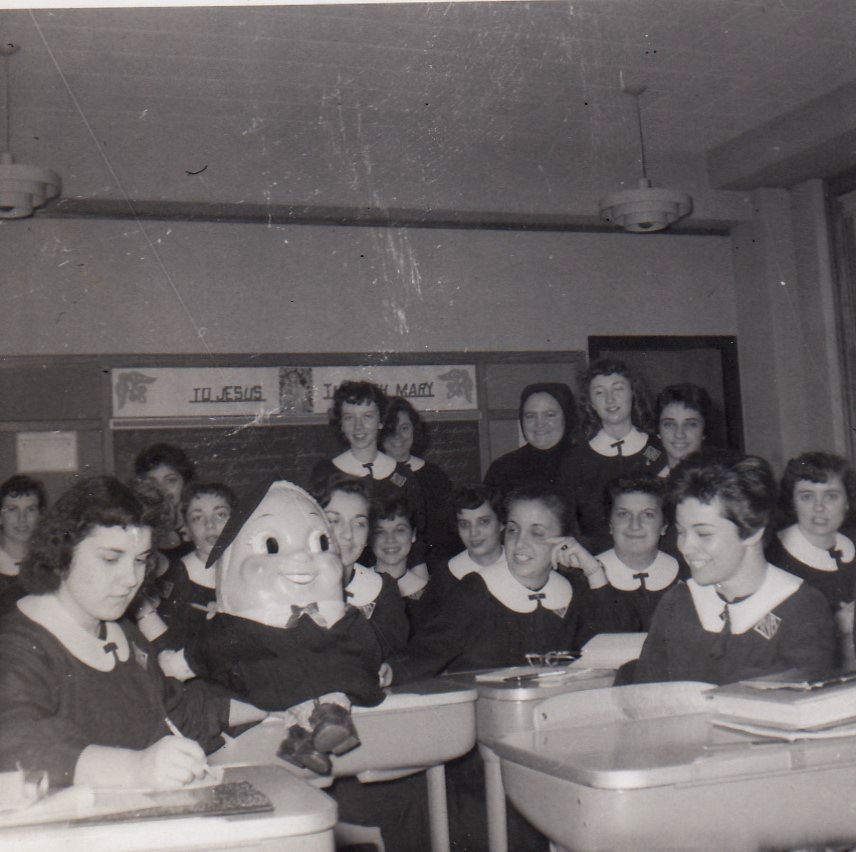Venerini Academy educates the whole child in faith, knowledge, and character, to help them to grow in freedom as Christian disciples, inspired learners, and moral servant leaders. We celebrate this profound period of childhood to adolescence, and commit Venerini to the highest ideals for student learning and formation.
To these ends, we will pursue the following Goals and Strategies:
GOAL 1: Develop our distinctive Venerini model of holistic learning, integral formation, and student experience.
The following strategies support the development of a distinctive core learning experience for Venerini students, as well as expanding program offerings consistent with the School’s mission and vision.
1.1 Strengthen a vigorous, student-centered curriculum and learning practices that emphasize critical thinking and creativity, independent learning and reflection, and problem-based discovery, to inspire student motivation, confidence, and love of learning.
Identify the learning styles and needs of all students so that each student is recognized as the unique person they are and encouraged to realize their individual potential.
Develop and use a wide variety of teaching and assessment strategies for all students that are in line with current best practices.
Integrate school-wide use of educational technology for instruction and to enhance student understanding of material in real life applications.
Develop a robust and regular program of faculty and staff professional development to support our commitment to student-centered learning, academic excellence, and innovation.
Re-imagine our campus to create innovative and adaptable learning spaces that facilitate and inspire creativity, collaboration, and critical thinking.
1.2 Foster a culture of high standards and continuous improvement, using performance-based and longitudinal assessments to improve core instruction, and other processes to monitor learning and teaching outcomes.
Design and implement a comprehensive system of digital and other portfolios to track student learning and encourage students to become reflective, goal-oriented, and empowered learners.
1.3 Define essential learning goals and student outcomes of a Venerini education.
Define the “Profile of a Venerini Graduate,” including learning and formational outcomes across multiple dimensions of academic, religious, social, moral, leadership, creative and physical development. Identifying what it means to be a Venerini graduate will inform our framework for educating the whole child, through the integration of knowledge, faith, culture, and life.
GOAL 2: Enhance professional capacity and competence by fostering a culture of collaboration, mentorship, and professional development among administration, faculty, and staff.
The following strategies address ways to enhance professional learning and growth, while building an internal culture of shared purpose, innovation, and continuous improvement.
2.1 Design and implement a formal program of faculty and staff development consisting of several tiers:
A general, introductory level of peer mentorship and professional support, by which faculty and professional staff will share knowledge, provide peer training, and coach other faculty in professional subject areas.
Higher-level training opportunities, through regularly scheduled in-school programs and institutionally funded participation in and completion of external workshops, conferences, seminars, and (non-degree) certification programs.
An ongoing program of faculty in-service—for example, in the form of retreats each term or annually—around critical themes such as the Venerini model of education, implementing digital portfolios, student learning for leadership, cross-disciplinary curriculum and course planning, and knowledge of best practices.
2.2 Organize cross-disciplinary teams in order to implement Venerini’s core learning experience and provide ongoing orientation and in-service.
Venerini will organize and introduce a model of cross-curricular faculty teams to review the current curricula, identify common content and standards, and plan for the integration of learning content and priorities.
2.3 Strengthen communications and partnership among faculty, staff, and parents
Design and implement schedule of common professional planning time to deepen collaboration in meeting common learning goals and managing student progress across grades.
Adopt a regular schedule of faculty and administration meetings, both for full staff and in smaller, topic specific groups.
Develop an onboarding and mentoring program to support new staff, implementation of new programs, cultivation of best practices, etc.
Develop higher and more consistent standards of communication with parents across all grades, especially regarding individual student progress, institutional and curriculum developments, and other relevant information to deepen parent participation in their child’s learning and formation.
OAL 3: Design, complete, and implement comprehensive review and alignment of academic curriculum (within timeline as recommended by NEASC), and develop new programs consistent with Venerini’s mission, vision, and essential learning goals
The following strategies address needs and opportunities to strengthen and develop Venerini’s curriculum (formal, co- and extra-curricular).
3.1 Define and strengthen the role of our current Curriculum Coordinator. Vital, ongoing work is needed working with faculty in areas of curriculum review, planning, and alignment; integration of research-based trends and educational methods; managing current and emerging educational technologies; and, non-evaluative mentorship and instructional coaching. In this more strategic and involved capacity, the Coordinator can serve as an effective liaison between faculty and administration, strengthening communications to help achieve Venerini’s essential teaching and learning goals across the full curriculum.
3.2 Research, develop, and implement a comprehensive, balanced, research-based, PK-8 Literacy Program. Within this engaged, student-centered learning framework, Venerini students will be challenged to develop critical thinking, reading, and communication skills across all content areas, building essential literacy skills needed for success in high school, college, and career. This Program will include support for all levels of students and professional learning support and coaching for teachers.
3.3 Strive to secure the necessary funding for and implementation of our 5-year STREAM strategic plan in partnership with WPI. This plan explicates a comprehensive roadmap for the integration of STREAM education across our curriculum. As an inquiry-based, interdisciplinary approach to learning that couples rigorous academic instruction with real-world application designed to deepen engagement and understanding, this STREAM initiative is a powerful manifestation of our vision to be a school of discovery, creativity, and active, student-centered learning.
3.5 Expand opportunities to develop student strengths, interests, and creativity through expanded learning enrichment beyond the classroom and a more advanced program of academic support services (e.g., after-school homework, tutoring, etc.). Where possible work with Alliance students from St. John’s and Notre Dame to help in these endeavors.
3.6 Further develop Venerini as a leading Catholic school that fosters appreciation of and creative excellence in the arts, through the development of a multi-year strategic plan for improvement and expansion. This plan will explore strategies to leverage our current programs and faculty to strengthen and expand curricular and extra-curricular programs in the visual and performing arts, deepen and expand partnerships with artistic organizations and professionals (e.g. Worcester Art Museum, Music Worcester, Hanover Center for the Performing Arts, area high schools and colleges, etc.), and explore necessary improvements of our arts learning spaces and facilities.
3.7 Create an Online Learning Task Force comprised of teachers, staff, parents, and Board, to evaluate Venerini’s online teaching and learning skills and performance, current and needed resources, and other factors, to determine strategies to leverage this expertise to complement and strengthen overall student learning. The Technology Integration Specialist will lead this Task Force.




